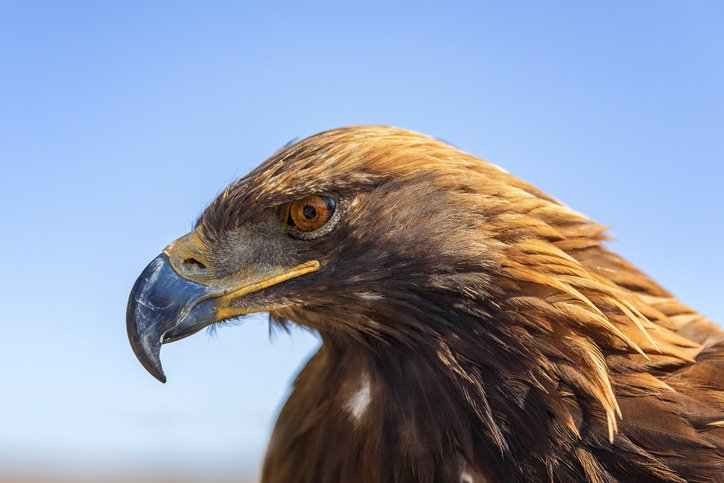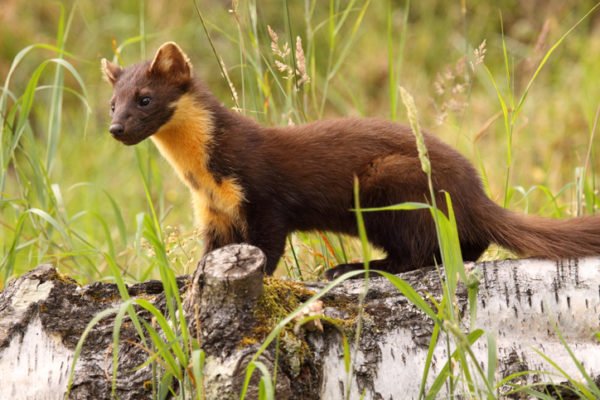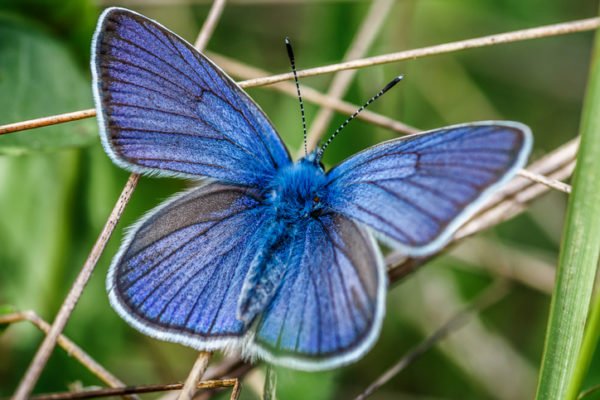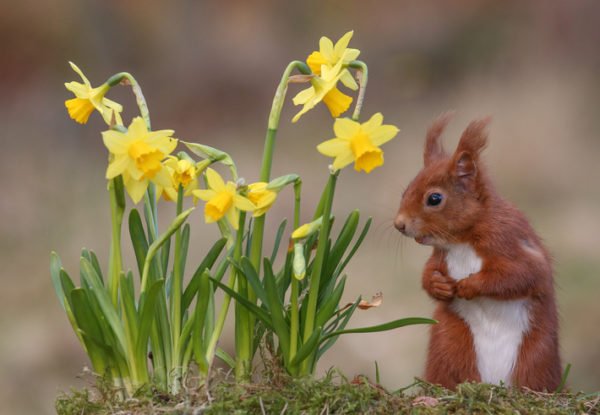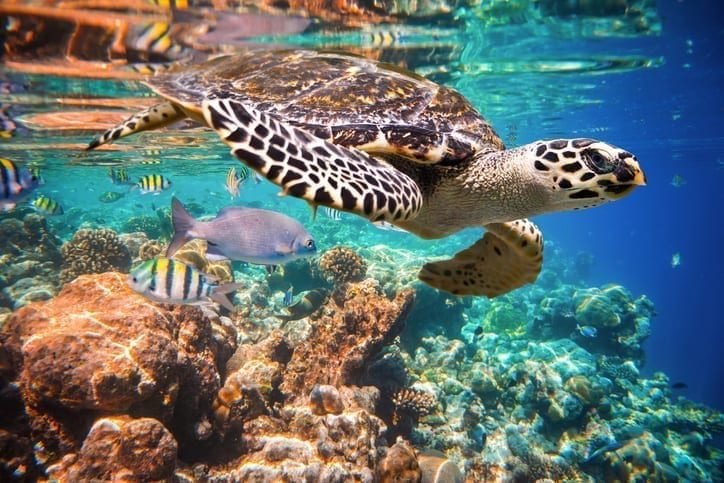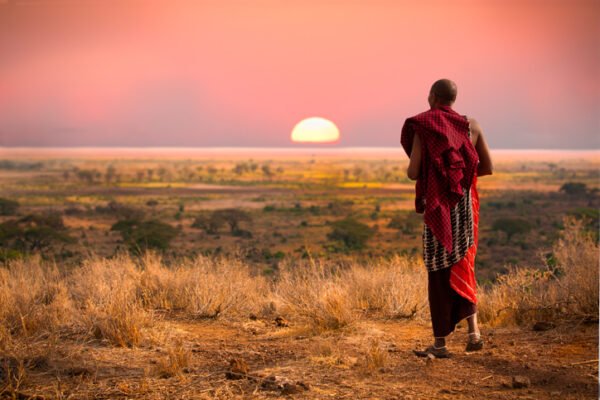Cross-sector action is needed
While there have been positive trends for numerous CMS species, the report’s findings underscore the need for greater action, for all migratory species.
The listing of species under CMS means that these species require international cooperation to address their conservation.
But many of the threats facing these species are global drivers of environmental change – affecting biodiversity loss as well as climate change.
Addressing the decline of migratory species therefore requires action across governments, the private sector and other actors.
Species status
Over the past 30 years, 70 CMS-listed migratory species – including the steppe eagle, Egyptian vulture and the wild camel – have become more endangered.
This contrasts with just 14 listed species that now have an improved conservation status – these include blue and humpback whales, the white-tailed sea eagle and the black-faced spoonbill.
Most worryingly, nearly all CMS-listed species of fish – including migratory sharks, rays and sturgeons – are facing a high risk of extinction, with their populations declining by 90% since the 1970s.
Impact of human activity
Analysing the threats to species, the report shows the huge extent to which the decline in migratory species is being caused by human activities.
The two greatest threats to both CMS-listed and all migratory species were confirmed as overexploitation – which includes unsustainable hunting, overfishing and the capture of non-target animals such as in fisheries – and habitat loss, degradation and fragmentation – from activities such as agriculture and the expansion of transport and energy infrastructure.
One key priority is to map and take adequate steps to protect the vital locations that serve as breeding, feeding and stopover sites for migratory species.
The report shows that nearly 10,000 of the world’s Key Biodiversity Areas are important for CMS-listed migratory species, but that more than half (by area) are not designated as protected or conserved areas.
58% of monitored sites important for CMS-listed species are under threat due to human activities.
The report also investigated how many migratory species are at-risk but not covered by the Convention.
It found 399 migratory species – mainly birds and fish, including many albatrosses and perching birds, ground sharks and stingrays – are categorised as threatened or near-threatened but are not yet CMS-listed.
Action is possible
While underscoring the concerning situation of many species, the report also shows that population and species-wide recoveries are possible and highlights instances of successful policy change and positive action, from local to international.
Examples include coordinated local action that has seen illegal bird netting reduced by 91% in Cyprus, and hugely successful integrated conservation and restoration work in Kazakhstan, which has brought the Saiga Antelope back from the brink of extinction.
The State of the World’s Migratory Species report issues a clear wake-up call, and provides a set of priority recommendations for action.
UN wildlife conservation conference
The UN wildlife conservation conference (CMS COP14) starting today (12 Feb) in Samarkand, Uzbekistan is one of the most significant global biodiversity gatherings since the adoption of the Kunming-Montreal Global Biodiversity Framework (Biodiversity Plan).
It will also be the first COP of any global environmental treaty to take place in Central Asia, a region home to many migratory species including the saiga antelope, the snow leopard and many species of migratory birds.
Governments, wildlife organisations and scientists have come together at the week-long meeting to consider actions to advance implementation of the Convention.
The State of the World’s Migratory Species report will provide the scientific grounding along with policy recommendations to set the context and provide valuable information to support the deliberations of the meeting.
 Play Video about This Rock Might Just Save The World
Play Video about This Rock Might Just Save The World Play Video about Play 2 hours of rock
Play Video about Play 2 hours of rock Play Video about Play 2 hours of brook
Play Video about Play 2 hours of brook Play Video about Play 2 hours of sheep
Play Video about Play 2 hours of sheep

















